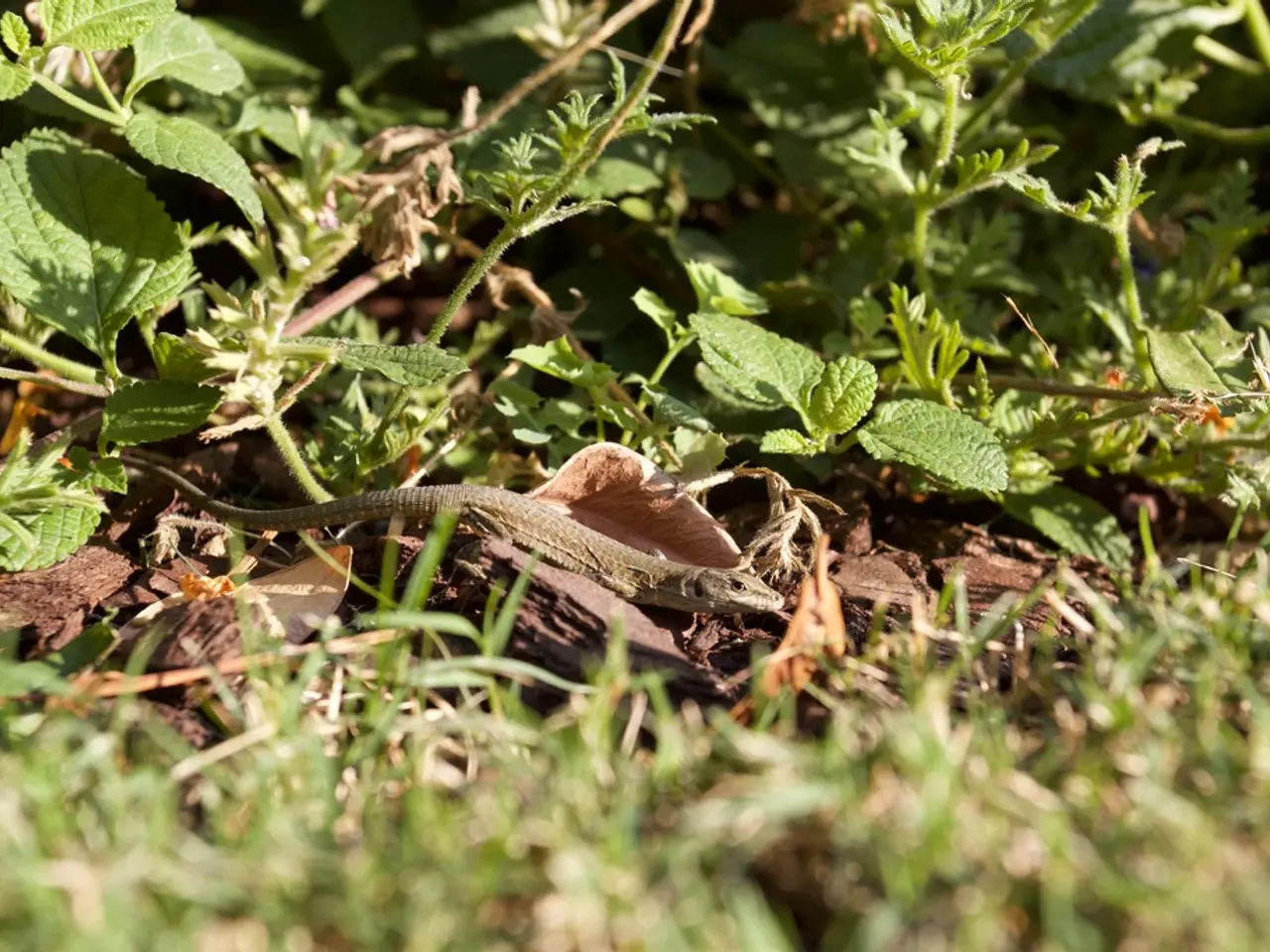Zoos Aid in the Survival of Amphibians Against a Lethal Fungus
In a bid to combat the devastating effects of the chytrid fungus, zoos, conservationists, and ordinary people around the globe are joining forces to save endangered amphibian species. This collective effort includes captive breeding programs, habitat protection, research into antifungal treatments, and community engagement.
Captive breeding programs maintain assurance colonies of highly susceptible amphibian species to safeguard populations against extinction and allow for potential reintroductions into the wild once threats are mitigated. Zoos, with their expertise in animal care and breeding, are acting as arks for endangered amphibians, creating carefully controlled enclosures that mimic natural habitats.
Habitat protection plays a crucial role in the survival of amphibians. Conserving clean, undisturbed environments helps reduce stressors that exacerbate chytrid impacts. Reintroduction trials test whether chytrid-resistant or treated individuals can survive when released back into their natural habitats.
Research efforts focus on developing antifungal treatments, manipulating amphibian skin microbiomes to reduce infection, and identifying genetic factors that confer resistance. Innovative research has led to the discovery of skin bacteria that protect certain frogs, opening new avenues for probiotic therapies.
Genomics and genetic tools are used to understand disease resistance. Sequencing endangered frog genomes helps guide breeding of individuals with higher resistance to chytrid fungus. Gene-based and synthetic biology interventions are being developed as longer-term solutions to generate permanent resistance against chytrid infections.
Thermal refuges, or "frog saunas," create small passive shelters with warmer temperatures to inhibit fungal growth during colder months, effectively limiting chytrid outbreaks in the wild. Vaccination programs have shown promising results, improving survival rates significantly and sometimes tripling populations after implementation.
Decision-support tools and habitat modeling help managers assess tradeoffs between disease, habitat suitability, and other environmental factors to optimize conservation actions. Genotyping assays improve monitoring of chytrid fungus variants to understand pathogen spread and inform biosecurity measures, especially linked to risks from international amphibian trade.
The fight against chytrid fungus is ongoing, with new strains of the fungus emerging and climate change and habitat loss adding new layers of danger for amphibians. However, these integrated approaches—combining ex situ conservation (captive breeding), in situ protection, advanced research, and community engagement—aim to reduce chytrid fungus impacts and preserve amphibian biodiversity worldwide.
Supporting zoos and conservation organizations can help fund critical breeding and research efforts. Simple choices, like reducing pesticide use, keeping local waterways clean, or planting native gardens, can make a difference for frogs and salamanders in your own backyard.
Zoos collaborate with universities, nonprofits, and governments to share breeding protocols, swap genetic material, and coordinate releases to maximize impact. They work closely with conservationists to identify safe sites for reintroduction, prepare animals for release, and monitor their progress after release. Zoos also employ rigorous quarantine protocols to keep chytrid fungus from spreading within their collections.
Amphibians are essential pillars of ecosystems, serving as both predators and prey, balancing insect populations, and absorbing toxins as living sensors. The Kihansi spray toad and the Wyoming toad are just two examples of species saved from extinction through these zoo-led breeding and release programs. The survival of amphibians depends not only on scientists and zookeepers, but on the empathy and action of ordinary people everywhere.
- In addition to captive breeding programs and habitat protection, research in the field of environmental science is being conducted to develop antifungal treatments and understand genetic factors that confer resistance to the chytrid fungus, with a focus on manipulating amphibian skin microbiomes and using genomics and genetic tools.
- The medical-health and wellness sector could potentially benefit from biological studies on amphibian skin bacteria that have been found to protect certain frogs, opening new avenues for probiotic therapies.
- Funding for these crucial breeding and research efforts can come from supporting zoos and conservation organizations, as well as making simple choices in daily life, such as reducing pesticide use, keeping local waterways clean, or planting native gardens, to support amphibians in one's own backyard.
- Collaboration between zoos, universities, nonprofits, and governments, including the sharing of breeding protocols, genetic material, and monitoring progress after reintroduction, is essential in preserving amphibian biodiversity worldwide and saving endangered species, such as the Kihansi spray toad and Wyoming toad.




